This is a lesson in what to do with left over Artichoke Heart & Lemon Dip. The recipe, posted yesterday, made more than I’d expected – there was about a cup left over. It became the base for this fantastic pasta to which I added chicken cubes, more artichoke hearts (cut in quarters), broccoli and peas.
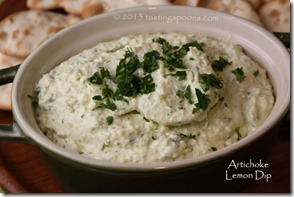 Perhaps you’ll recall reading the post yesterday about the artichoke lemon dip (picture at right) I made for a dinner party we had. Even so, I had a bunch left over. As I began thinking about it, pasta sounded like the best way to use it – my friend Darci suggested it – and I just started thinking about what would taste good with it – fresh broccoli florets, cubed chicken, more canned and quartered artichoke hearts and some frozen peas. It was cinchy easy to make.
Perhaps you’ll recall reading the post yesterday about the artichoke lemon dip (picture at right) I made for a dinner party we had. Even so, I had a bunch left over. As I began thinking about it, pasta sounded like the best way to use it – my friend Darci suggested it – and I just started thinking about what would taste good with it – fresh broccoli florets, cubed chicken, more canned and quartered artichoke hearts and some frozen peas. It was cinchy easy to make.
First I got all the different additions ready – I steamed the broccoli in the microwave, and I prepped the artichokes too. I buy Trader Joe’s canned (not marinated) artichoke hearts. The two cans I opened (one for the dip and the next day another one for the pasta) had fairly large hearts, and the outer ends were quite tough to eat (I tested one), so on each heart I cut off about 1/2 inch and discarded it.
I put a big pot of water on the boil for the pasta, then got out a pretty large skillet (enough to hold the sauce and the pasta both) and gently began warming the dip. I added a bit of half and half to the dip to loosen it up some. I did not bring it to a boil but just below that. Then I added in the broccoli and artichoke hearts and warmed those through, then lastly I added the chicken and frozen peas, which took maybe 90 seconds to heat through. Once the pasta was done, I drained it and tossed it in with the sauce. Onto a plate, sprinkled it with freshly grated Pecorino cheese and dinner was done.
So, on the recipe below, I’ve given you the ingredients for making HALF of the dip. You could make the full amount, serve part of it as an appetizer and use the balance for the pasta. I didn’t want you to have to go find and print the other recipe, so it’s all contained below.
What’s GOOD: gosh, it was delicious. The artichoke heart dip (made into a sauce) lends a nice, subtle artichoke flavor. It has a nice creaminess to it, of course and it sticks to the pasta very well. I liked the combo of veggies (broccoli and peas and more quartered artichoke hearts). Altogether good!
What’s NOT: nothing, really. It’s so easy to make if you have the ingredients on hand.
printer-friendly PDF – created using Cute PDF Writer, not Adobe
MasterCook 5+ file and MasterCook 14 file
* Exported from MasterCook *
Artichoke Heart, Broccoli & Chicken Pasta with Peas
Recipe By: My own concoction, 2013
Serving Size: 4
CREAM SAUCE:
7 ounces artichoke hearts — packed in water, drained, chopped
2 tablespoons parsley — chopped
2 tablespoons Parmigiano-Reggiano cheese — grated
1 1/2 teaspoons lemon zest
1 small garlic clove — minced
1/4 teaspoon ground black pepper
1/8 teaspoon salt — (taste first, may not need it)
3 1/2 ounces cream cheese — low fat is okay
1 1/2 tablespoons fresh lemon juice
1/4 cup half and half — or more if needed
PASTA:
12 ounces linguine — use thin variety if available
1 1/2 cups broccoli florets
14 ounces artichoke hearts — packed in water, drained, chopped
1 1/2 cups cooked chicken — cut in cubes
2/3 cup frozen peas
1 1/2 tablespoons fresh lemon juice — (taste first)
1/2 cup Parmigiano-Reggiano cheese — grated (garnish)
Notes: this recipe came to be because I made a dip (Artichoke Lemon Dip). With what was left over, I added some half and half and began making this pasta dish. If you want to alter the sauce, use half cream cheese and half Greek yogurt, which will reduce some of the fat in this. If you want to make the dip, double the quantity of the dip ingredients (without half and half), remove half for the dip, then use the other half, with the half and half in the sauce. No one would be the wiser if you served the dip as a prelude to this pasta.
1. SAUCE: Check artichoke hearts for tough ends – taste one or two at the outer end – if it’s tough, cut off the tough 1/4 to 1/2 inch on each one. In a food processor combine the softened cream cheese and artichoke hearts (chopped up into pieces) with parsley, lemon zest, garlic, salt, pepper and lemon juice. Process until thoroughly combined. If time permits, allow to sit for a few hours to meld flavors.
2. Steam the broccoli in the microwave for just a minute or two until the florets are cooked, but not mushy. Set aside. Drain artichoke hearts and check these for tough ends – chop them off if necessary. Cut artichoke hearts in quarters and set aside.
3. Bring a large pot of water to a boil; add about 2 tsp salt to water, then add linguine and cook just until pasta is al dente, about 7-8 minutes.
4. Meanwhile, in a large skillet place the sauce mixture over low heat. Add some half and half to thin the sauce and heat until it’s warm. Add the broccoli, artichoke hearts, cooked chicken and heat just until heated through. Thin with more half and half if necessary. Add peas and cook them just a minute or two until they’re tender.
5. Drain pasta and pour pasta into the sauce mixture and stir until the pasta is well coated. Taste and add salt, pepper or more lemon juice, or more half and half if needed. Use tongs or large spoons to place on individual plates. Garnish with grated Parmigiano cheese. If Italian parsley is available, sprinkle some on top.
Per Serving: 676 Calories; 18g Fat (24.0% calories from fat); 42g Protein; 88g Carbohydrate; 12g Dietary Fiber; 87mg Cholesterol; 602mg Sodium.





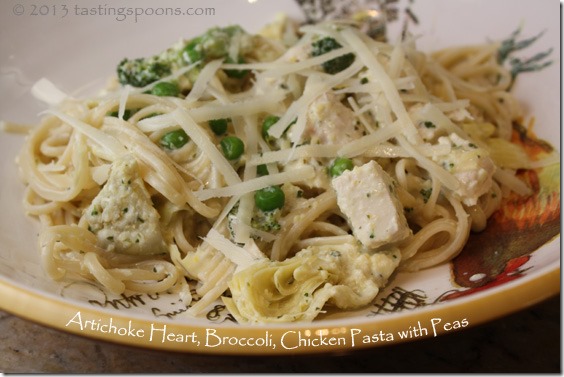

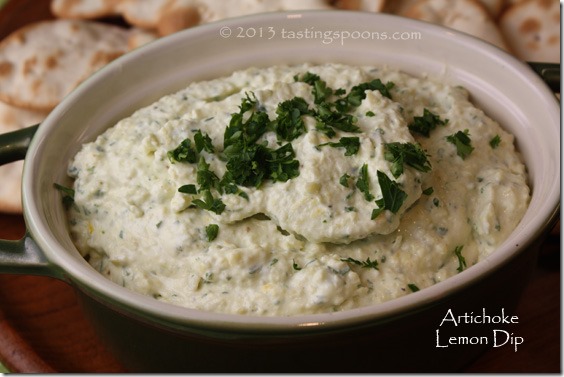

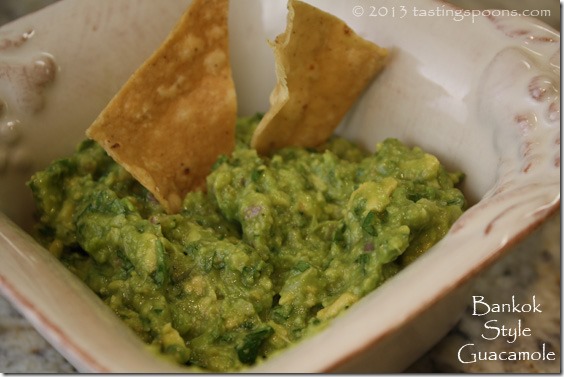

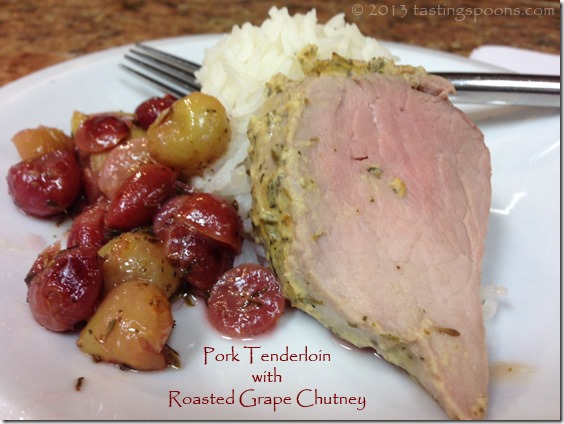
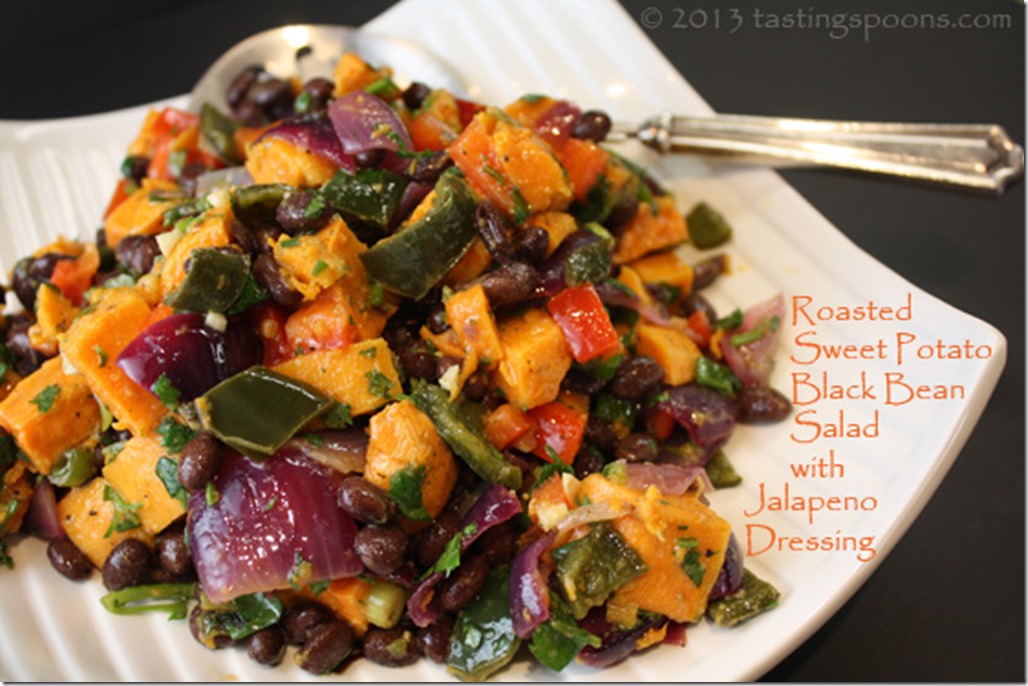
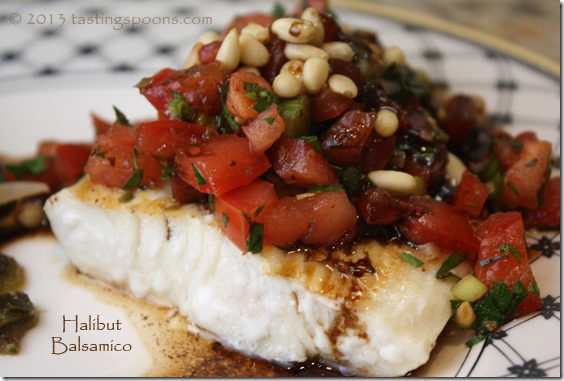
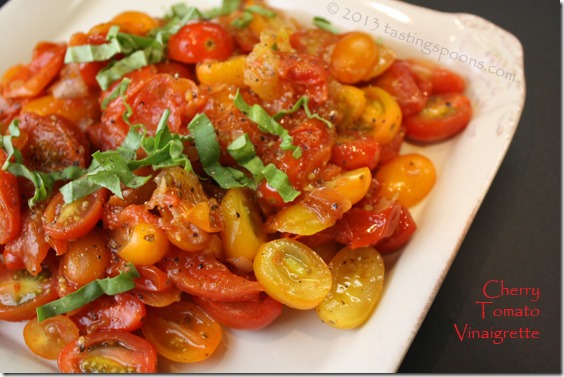
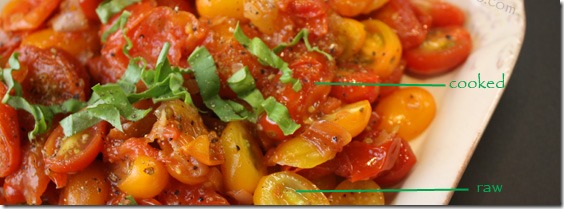
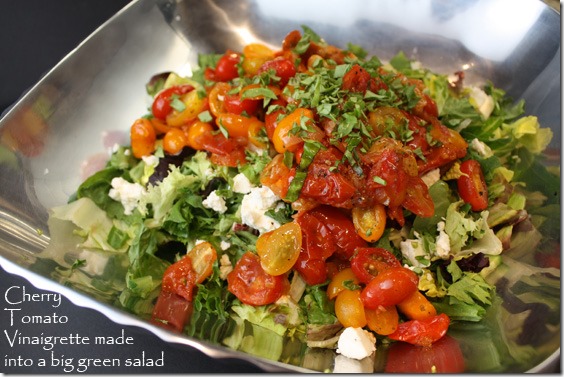
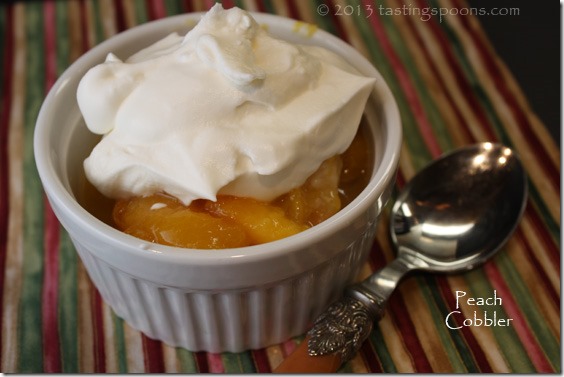
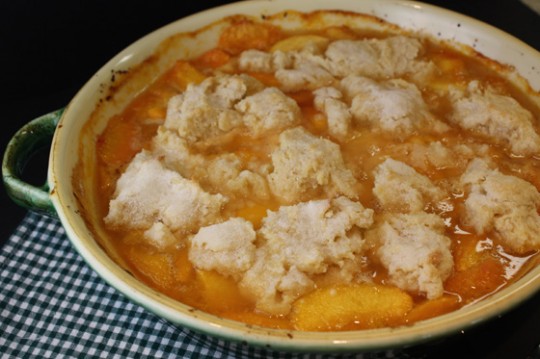
Leave a Comment!